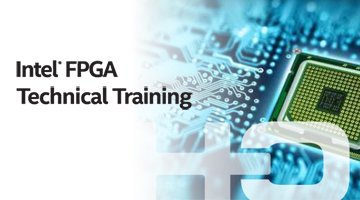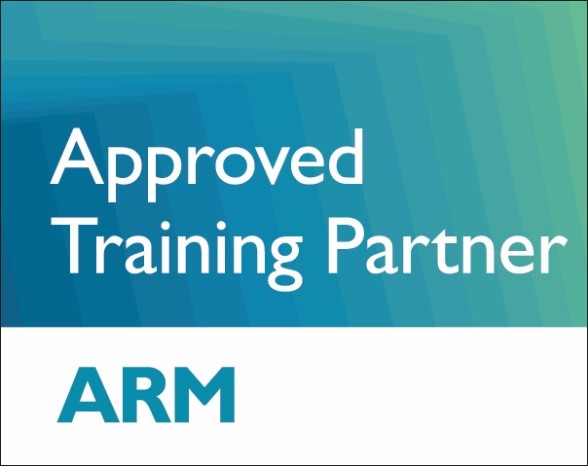
UVM Advanced
Course Objectives
This 4-days course designed for advanced
ASIC & FPGA verification engineers that would like to enhance their UVM skills
to verify complex digital designs more efficiently.
The training is loaded with extensive practical hands-on labs to verify that the theory is understood plus introduce more use cases than covered in theory slides.
The first day teaches how to create a complex stimuli generation with various advanced techniques.
Master-slave protocol is covered in details.
The second day starts with introduction of the advanced synchronization using the callback class, along with barrier synchronization, and the uvm_event class.
The day continuous by covering the end-of-test mechanism, how to raise and drop objections, how to debug UVM objections and how to set TB drain time.
The third day covers the connection reusability between DUT and top TB including BFM, port connection, how to extract RTL parameters vs using package, the bind construct, UVM harness, and races between TB and DUT.
The fourth day covers design patterns, how to create them, what is a singleton pattern.
The training ends by covering how to handle exceptional situation such as reset, error injection and the uvm_heartbeat.
The training is loaded with extensive practical hands-on labs to verify that the theory is understood plus introduce more use cases than covered in theory slides.
The first day teaches how to create a complex stimuli generation with various advanced techniques.
Master-slave protocol is covered in details.
The second day starts with introduction of the advanced synchronization using the callback class, along with barrier synchronization, and the uvm_event class.
The day continuous by covering the end-of-test mechanism, how to raise and drop objections, how to debug UVM objections and how to set TB drain time.
The third day covers the connection reusability between DUT and top TB including BFM, port connection, how to extract RTL parameters vs using package, the bind construct, UVM harness, and races between TB and DUT.
The fourth day covers design patterns, how to create them, what is a singleton pattern.
The training ends by covering how to handle exceptional situation such as reset, error injection and the uvm_heartbeat.
General Information

Prerequisites
1. UVM
fundamentals
2. SystemVerilog language
3. Verification guidelines
4. Experience with simulator
2. SystemVerilog language
3. Verification guidelines
4. Experience with simulator

Location
Face-2-face or live online

Duration & Attendance
4 days

Target Audience
Hardware/Software verification engineers who would like to enhance their skills for ASIC/FPGA designs with advanced UVM techniques.
Additional Information

Teaching Methods & Tools
1. Course
book
2. Lab handbook (Phyton notebooks)
3. Virtual Machine with all necessary tools
4. Trainer solutions to all labs
2. Lab handbook (Phyton notebooks)
3. Virtual Machine with all necessary tools
4. Trainer solutions to all labs

